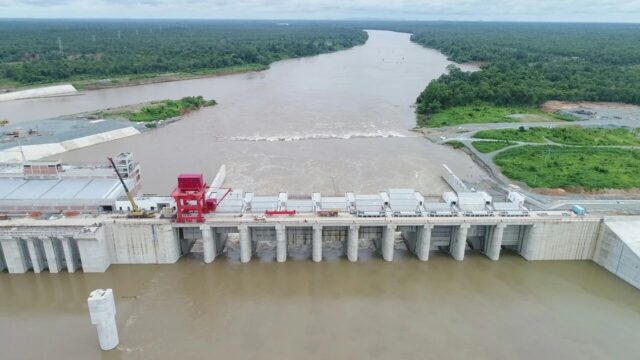Singapore is close to reaching a deal that would see it import renewable energy from Cambodia. The arrangement, which would be the city state’s largest cross-border electricity contract, calls for Keppel Energy to bring in one gigawatt of hydro, solar and potentially wind power from Cambodia’s Royal Group Power Company.
Conditional approval was granted by Singapore’s Energy Market Authority (EMA), although some obstacles remain. The largest is the installation of more than 1,000 kilometers of subsea cables that would transmit the electricity. And while the project was deemed to be commercially and technically feasible, it still needs regulatory approvals from the relevant governments.
Should those be received, the EMA will then grant Keppel Energy a full importer license and everything can go ahead. That appears to be some way off with The Straits Times reporting the project isn’t expected to start until after 2030.
The deal moves Singapore closer to its goal of importing four gigawatts of low-carbon electricity by 2035. That total is projected to account for 30 percent of the Republic’s energy supply.
Also Interesting: Arrived with the wind: Asian firms invest in Vietnam wind farms
Another step towards regional renewable energy connections
Singapore importing renewable energy from Cambodia could be a key measure in improving power grid connectivity across Southeast Asia. Last year, the Lao PDR-Thailand-Malaysia-Singapore Power Integration Project was launched which sees Laos export 100 megawatts of hydropower to Singapore via Thailand and Malaysia.
“This opens up opportunities for further interconnections to Southeast Asian countries and contributes to the realization of the ASEAN Power Grid vision,” Second Minister for Trade and Industry Tan See Leng told The Straits Times. “Energy collaborations across borders can help to realize our region’s potential for collective decarbonization by unlocking renewable energy potential, and economic growth by stimulating clean energy investment flows and generating new green jobs.”
Regional power grid connectivity is seen as important step to improving renewable energy utilization. It would allow countries to export when they have excess power while helping phase out the use of coal and diesel.
Keep Reading: Ocean Sun brings new renewable energy tech to Asia


































